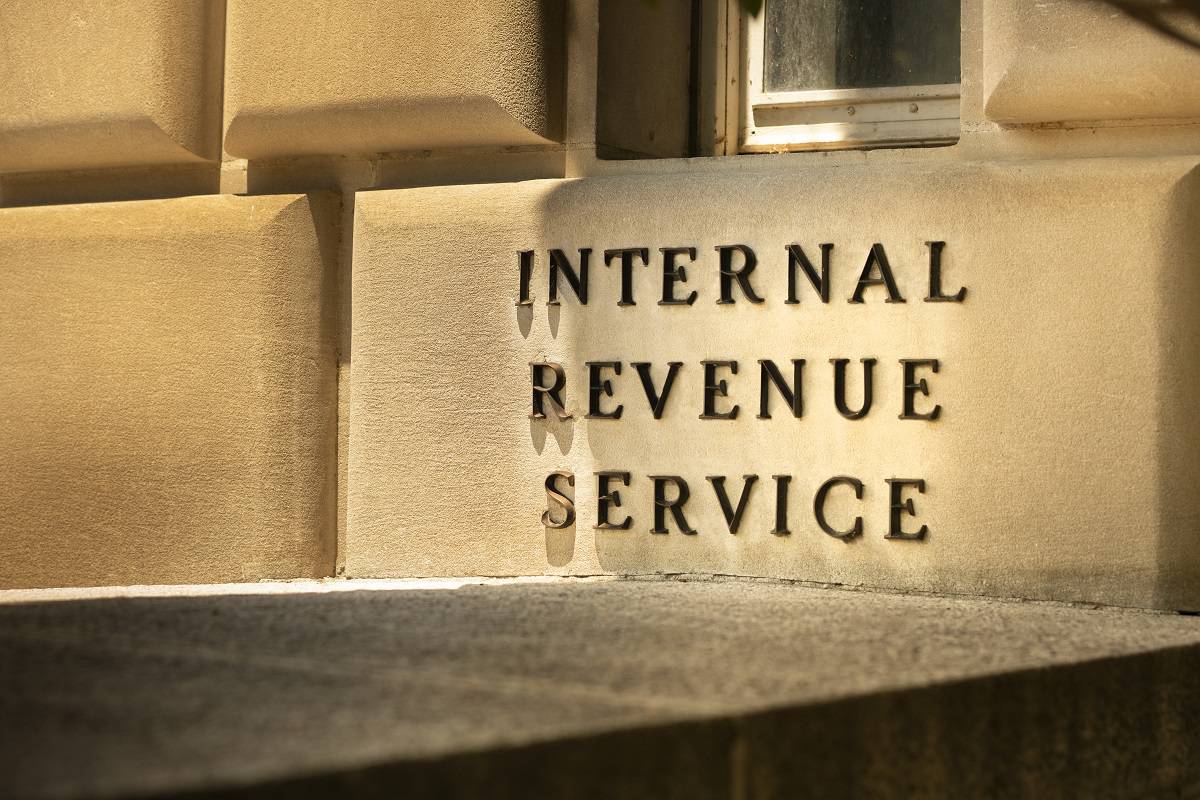
Case Study: How Buy-Side Financial Diligence Can Protect Your Investment
The rationale for acquiring a business can vary for multiple reasons, including developing economies of scale, diversification, new market entrance or cost reductions and other synergies. The Moore Colson Transaction Services practice was engaged to perform buy-side financial diligence for a transaction that appeared to be a match on paper. However, buyers should always perform their own financial diligence even when transaction risk on the surface appears minimal, and the sellers have engaged a third-party CPA firm to perform sell-side diligence on themselves. Below we have presented a case study illustrating the need for buyers to perform buy-side diligence to protect their capital and investment.
Our client was looking to expand its investment portfolio through the acquisition of a full-service telecommunications provider. At the time of the letter of intent (LOI), the transaction risk appeared minimal, and the target company had been vetted by both our client and a top 10 national CPA firm that performed sell-side financial due diligence. The sell-side diligence presented a strong view of the target company, including consistent adjusted earnings over the periods presented and a plan for future growth through continued investment into their fiber network. However, as we began our buy-side diligence, it became evident that the picture on paper was not quite what it seemed.
Fact 1: Financial diligence performed on the sell-side was arguably biased to the seller.
At the onset of the transaction, our team reviewed the sell-side financial due diligence report, and we were surprised that only one negative adjustment to earnings was presented within their report. Out of 30 adjustments, only one had a negative impact to earnings. This piqued our interest, and as our team’s work continued, we learned that the sell-side diligence had heavily relied on the target’s management to identify adjustments to earnings, which of course, were presented as favorable. Through our work, we reversed several sell-side presented adjustments, as well as identified 8 other adjustments that reduced earnings. While we typically expect sell-side to perform their procedures independently of management, that will not always be the case.
Fact 2: Operational changes occur before transactions close.
As we neared the conclusion of diligence procedures, it became apparent that several major suppliers were increasing their usage rates. These rate increases were not initially evident to our client or the target company. As we worked through understanding these changes, it became evident that the price increase had an impact on the target’s operations, negatively impacting earnings by $0.4 million each year. While key supplier contracts are anticipated to be stable in the near-term, the investor’s reliance on a sell-side report would not have presented this impact to earnings given the timing of their report. This would have created additional post-close risk, produced a realizable negative impact on future earnings and may have raised concerns / breached representations and warranties in the purchase agreement.
Fact 3: Little details can be missed.
Generally, it is taken for granted that the definition of EBITDA is consistent and calculated correctly. An emphasis on otherwise “unarguable” items should not be overlooked. As our team performed our work, it became apparent that several below-the-line expenses (e.g., taxes and amortization) were, in fact, operational expenses or classified incorrectly. Any buyer relying on the seller’s third-party due diligence would have taken on the investment day one with lower earnings and would find themselves in a position to explain this loss to EBITDA to their investment committee, lenders and board members.
In summary, buy-side financial diligence is important to protect your investment. In the above case study, our findings resulted in our client renegotiating a lower purchase price of seven figures, as well as having a more refined view of the business they were purchasing.

